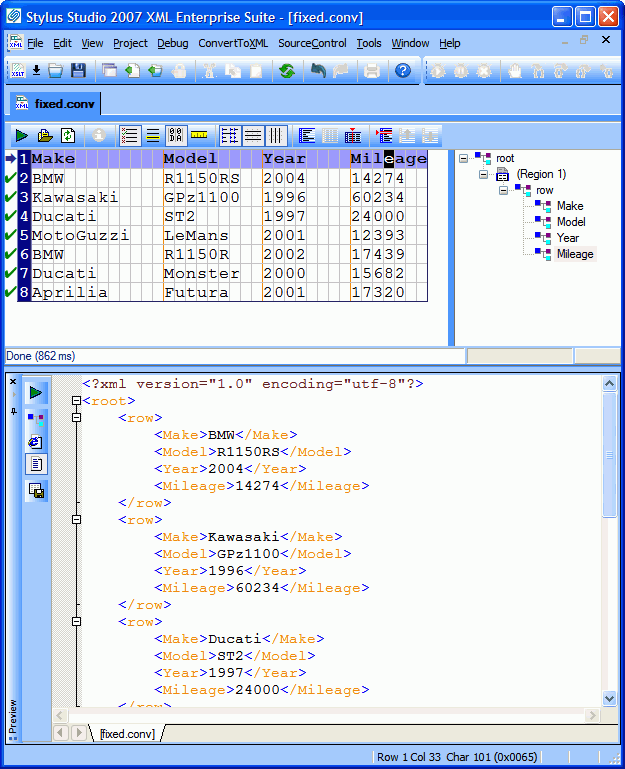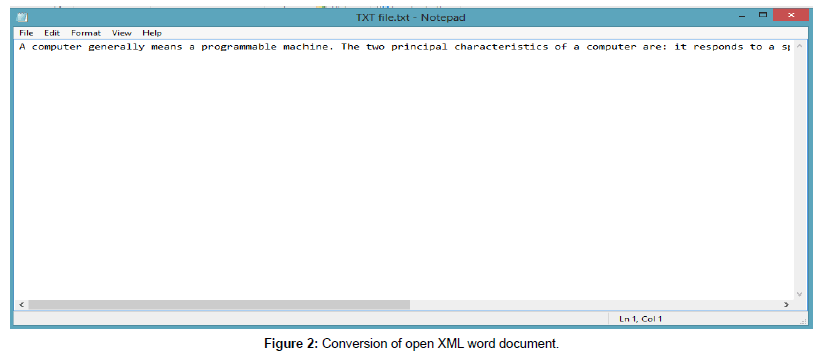Conversione File Txt Xml Validator

• In Visual Studio 2010, open C: Projects Microsoft.Practices.ESB Source Samples DataFormatTransformation DataFormatTransformation.sln. • In Solution Explorer, in the Itinerary.Library project, double-click DataFormatTransformation.itinerary to open it in the Itinerary Designer. • In Visual Studio, click the design surface of DataFormatTransformation.itinerary. In the DataFormatTransformation.itinerary Properties window, configure the following properties: • In the Itinerary Status drop-down list, click Deployed. • In the Model Exporter drop-down list, click Database Itinerary Exporter. • Click the ellipsis button (.) next to the Itinerary Database property.

• In the Connection Properties dialog box, choose the SQL Server that hosts the itinerary repository database, and then specify the name of the database (the default name is EsbItineraryDb). • Save all project artifacts. • In Visual Studio, right-click the design surface of the DataModelTransformation itinerary, and then click Export Model. To create the receive pipeline. • In Visual Studio, right-click DataFormatTransformation.Schemas, and then click Properties. Click Application, and then type GlobalBank.ESB.DataFormatTransformation.Schemas in the Assembly name box.
Java XML Editor, MQSeries client, Schema, XMLSpear, XML Tree Editor, binary plist editor,property list editor, real-time validation, free download, best free XML editor. Stylus Studio provides several easy-to-use document wizards that allow you to quickly convert text files to XML. Create XML from text and EDI, create XML Schema from EDIFACT, and more!
• Right-click DataFormatTransformation.Schemas, and then click Properties. Click Signing, and then verify that the Sign the assembly check box is selected and that the assembly location points to...... Keys Microsoft.Practices.ESB.snk. • Right-click DataFormatTransformation.Pipelines, and then click Remove. • Right-click DataFormatTransformation, point to Add, and then click New Project.
Click Biztalk Projects, and then click Empty Biztalk Server Project. In the Name box, type DataFormatTransformationReceive.Pipeline. • Right-click DataFormatTransformationReceive.Pipeline, and then click Properties. Click Signing, and then verify that the Sign the assembly check box is selected and that the assembly location points to C: projects Microsoft.Practices.ESB keys Microsoft.Practices.ESB.snk. • Right-click DataFormatTransformationReceive.Pipeline, point to Add, and then click New Item.
• In the Add New Item dialog box, click Receive Pipeline in the Templates pane. In the Name box, type ItinerarySelectReceiveFF, and then click Add. • Right-click References for the DataFormatTransformationReceive.Pipeline project, and then click Add Reference. Click the Projects tab, and then click DataFormatTransformation.Schemas. Click OK to add the reference. • From the Toolbox, drag a Flat file disassembler pipeline component to the Disassemble stage of the pipeline. • In the Properties window for the flat file disassemble, click DataModelTransformation.Schemas.NAOrderDocFF in the Document schema drop-down list.
• From the Toolbox, drag an ESB Itinerary Selector pipeline component to the Resolve Party stage of the pipeline. • From the Toolbox, drag an ESB Dispatcher pipeline component to the Resolve Party stage of the pipeline, and then place it under the ESB Itinerary Selector pipeline component.
• Save all project artifacts. To create the test message. • Click once in the NAOrderDocFF.xsd schema file of the DataFormatTransformation.Schemas project. In the Properties pane of Visual Studio, change the following two properties: • Generate Instance Output Type. Click the drop-down list for this property to change it to Native. • Output Instance Filename.
Click the ellipsis button () for this property and accept the default path of C: Projects Microsoft.Practices.ESB Source Samples DataFormatTransformation. In the File name box, type NAOrderDocFF, and then click Save. Maya Jaya Tv Serial Wiki here.
• Right-click NAOrderDocFF.xsd under DataFormatTransformation.Schemas, and then click Generate Instance. At this point, you should have a new file generated in the C: Projects Microsoft.Practices.ESB Source Samples DataFormatTransformation directory. • Copy (do not move) the file NAOrderDocFF.txt from C: Projects Microsoft.Practices.ESB Source Samples DataFormatTransformation to C: HowTos. • Right-click DataFormatTransformationReceive.Pipeline, and then click Properties. Click Deployment, and then type Microsoft.Practices.ESB in the Application Name box. • Right-click the DataFormatTransformation.Schemas project, and then click Properties. Click Deployment, and then type Microsoft.Practices.ESB in the Application Name box.
Comments are closed.